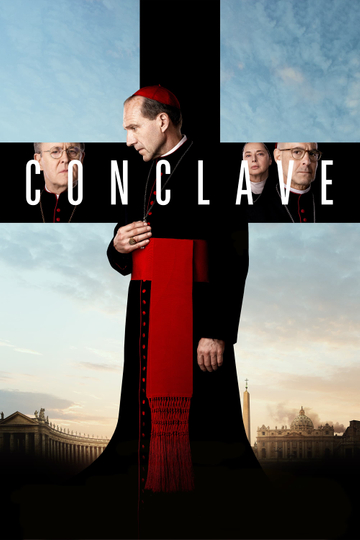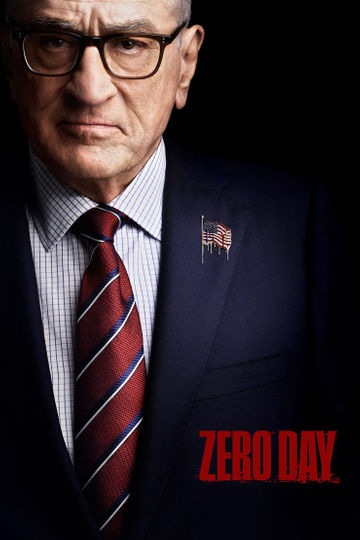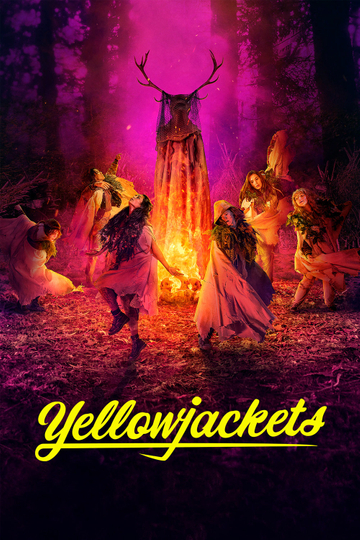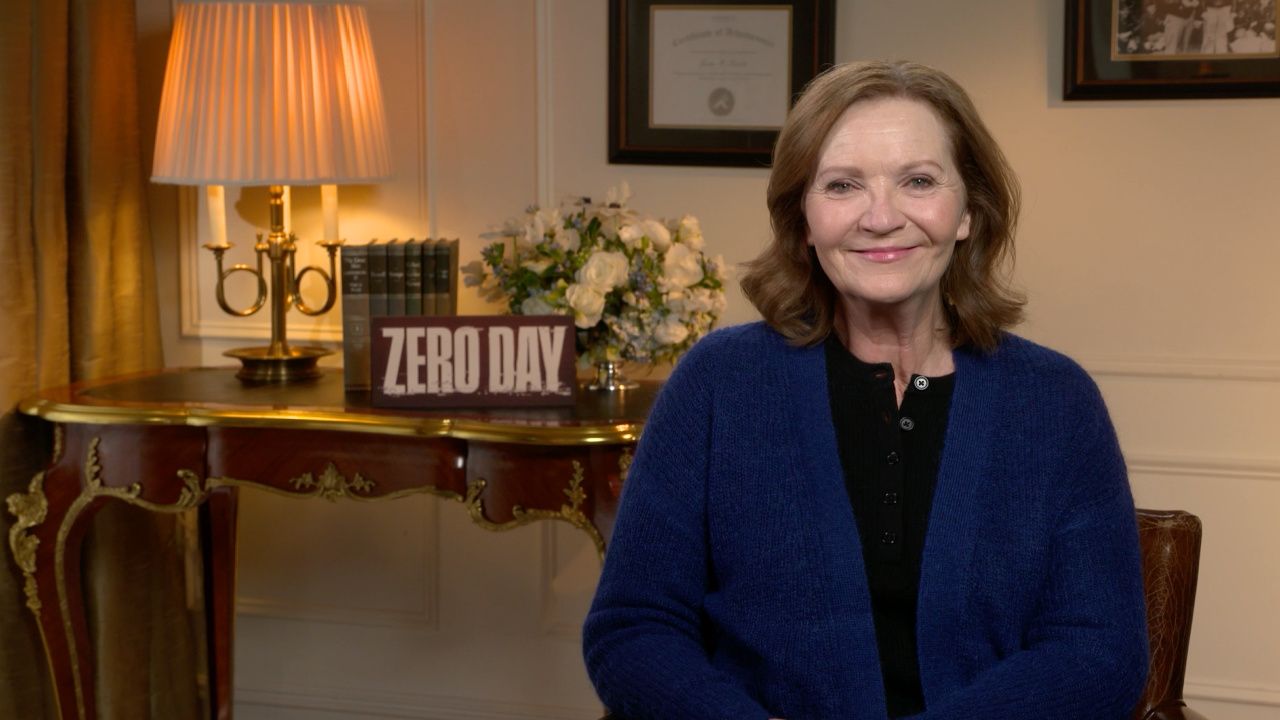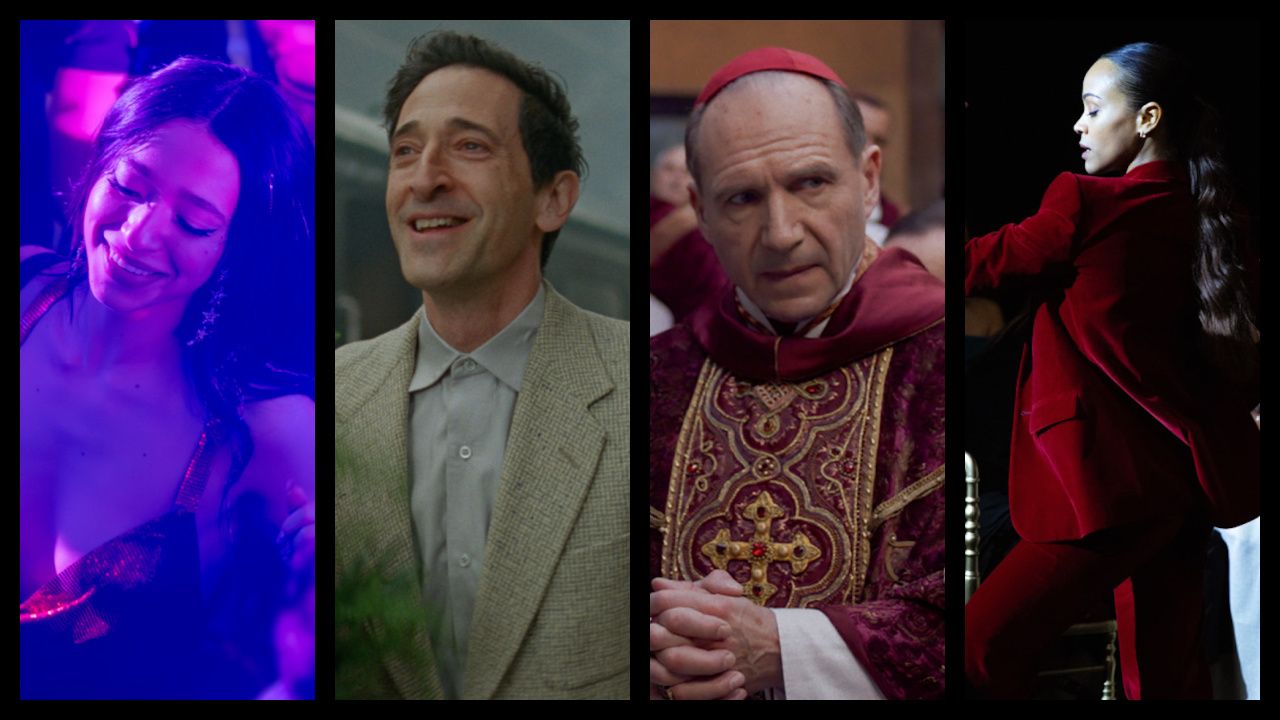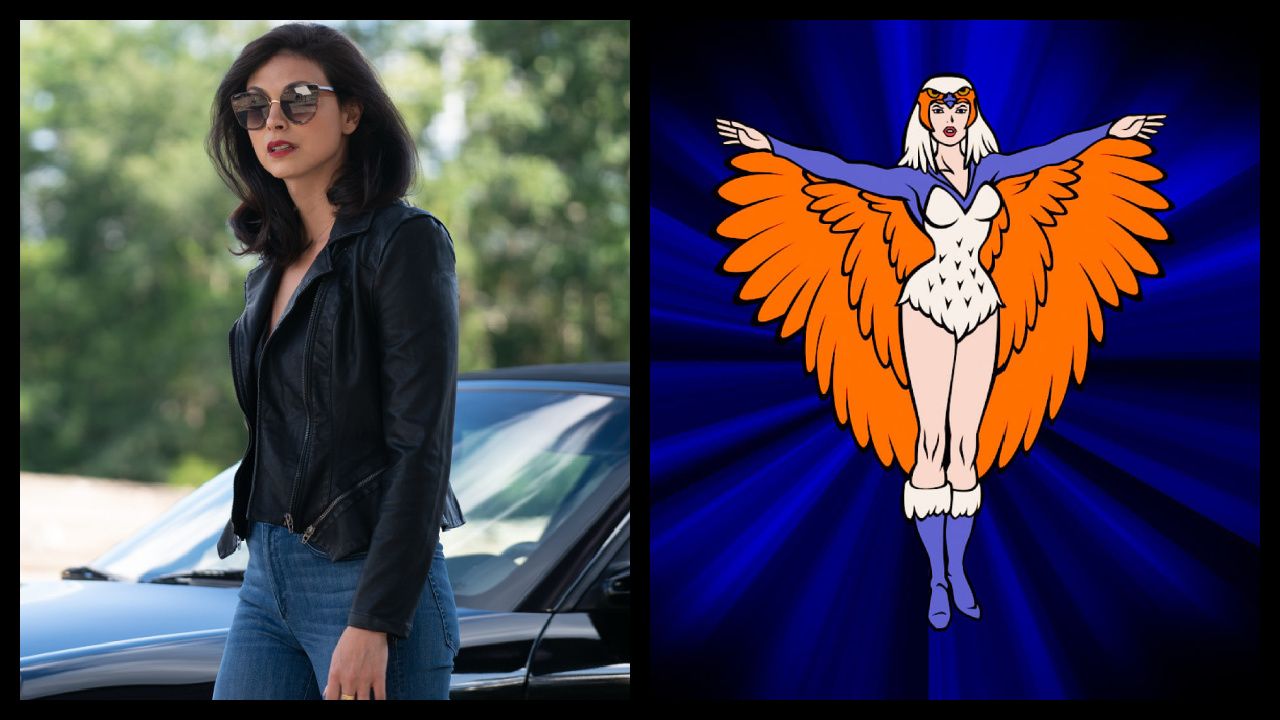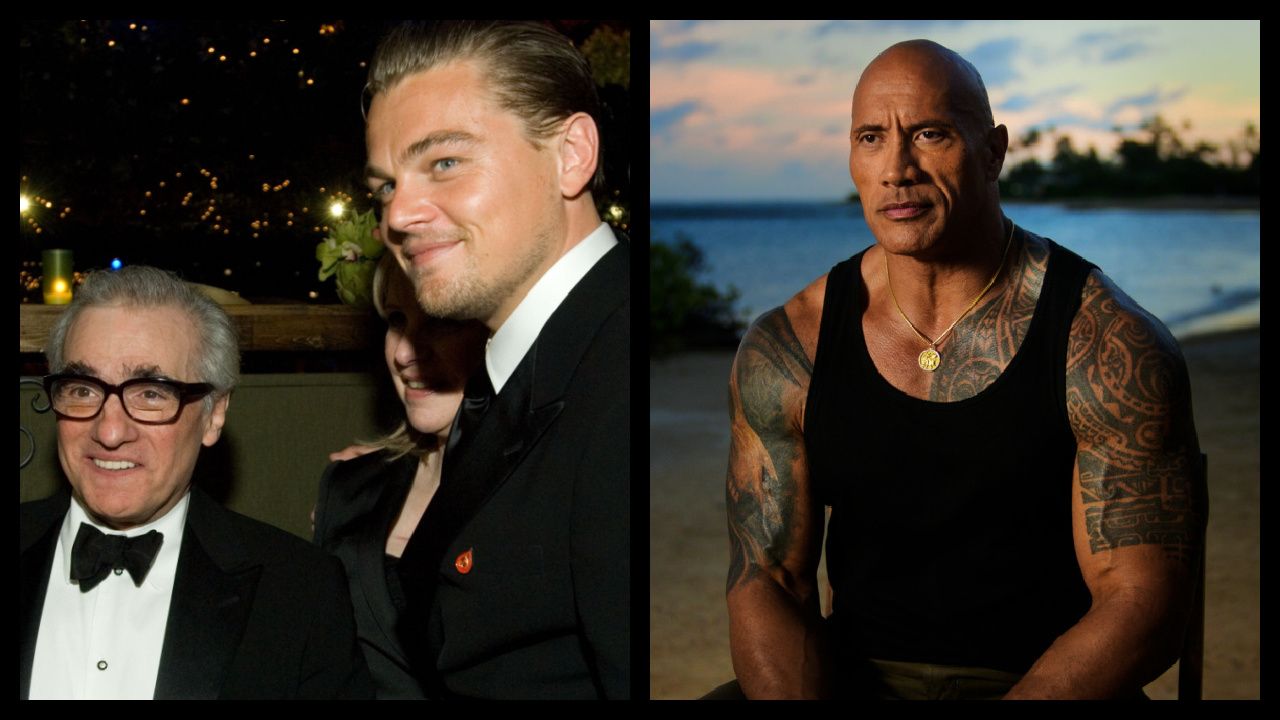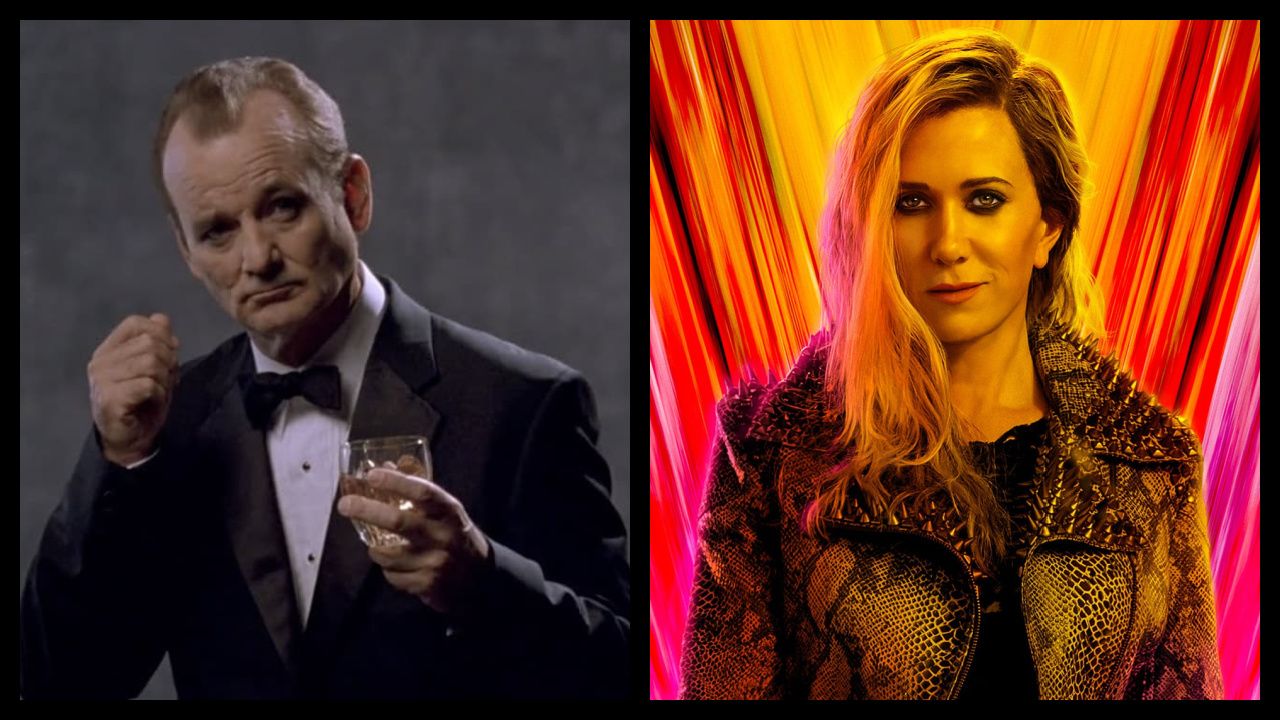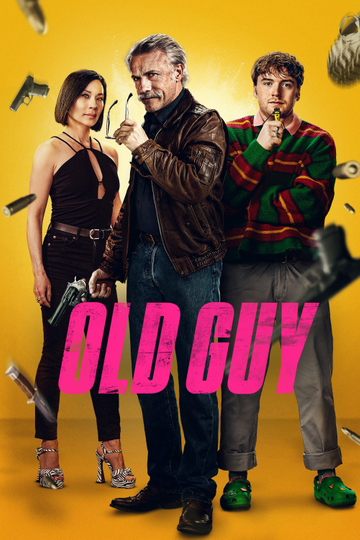Sorry, 'Pride and Prejudice' Fans, But the 'Real' Mr. Darcy Looked Nothing Like Colin Firth
For more than 200 years, Jane Austen fans have been swooning over Mr. Darcy, the hero who wins Elizabeth Bennet's heart in the novel "Pride and Prejudice." But according to a new study, modern portrayals of the character have taken significant liberties with what the so-called "real" Darcy would have actually looked like -- and the picture researchers have offered instead looks nothing like the hunky heartthrobs audiences have been enjoying onscreen.
The study, co-authored by John Sutherland, a professor emeritus of modern English literature at University College London, and Amanda Vickery, a professor of early modern history at Queen Mary University of London, features an in-depth analysis of "at least fifty different features" that could be attributed to English gentlemen at the time of the novel's writing in the 1790s and publication in 1813. Since Austen only described Darcy as having a "fine, tall person, handsome features, noble mien," readers were left to their own devices to imagine what he would have looked like.
Sadly for those who've come to accept Colin Firth's iconic 1995 portrayal of the hero in a BBC miniseries as canon Darcy, that embodiment of English nobility is a fiction. By studying male beauty standards of the period and Austen's own romantic relationships (which were believed to have served as some of the inspiration behind the character), researchers found that "The square jawed hero is virtually unknown at this period. ... [Darcy] would be elegant rather than brawny .... More ballet dancer than beef-cake."
This is an artist's rendering of what the "real" character would have looked like:
A man of Darcy's stature would have had pale skin (he would not have worked outside, after all), a long, oval face, a long nose, a small mouth, and a pointy, beardless chin. His hair would likely have been powdered white. The one area where he would have shown off some strength, however, was his legs, which would have boasted significant calf and thigh muscles thanks to high-class activities like dancing, horseback riding, and fencing. Women of the era considered "a fine leg ... an index of virility."
The study continues:
"The six pack was unknown and square shouldered bulk was the mark of the navvy not the gentlemen. Chests were modest and shoulders sloping. ... The general effect was one of languid, graceful length not breadth. ... In modern parlance we can choose to see Darcy as ... a fop, Darcy Lite, ... a dandy, a toff."
Researchers acknowledge, however, that the beauty of Austen's use of few details to describe the character "allow[s] each generation to infuse Darcy with their own fantasy of masculine beauty." And while the study says that "Colin Firth in his wet shirt tells us a lot more about the 1990s than the 1790s," perhaps that was always the author's intention.
And if you really want to make yourself feel better about your Darcy dreams being dashed, remember: He's a fictional character. The "real" Darcy is entirely of the reader's (and viewer's) making.
[via: Drama Channel]


